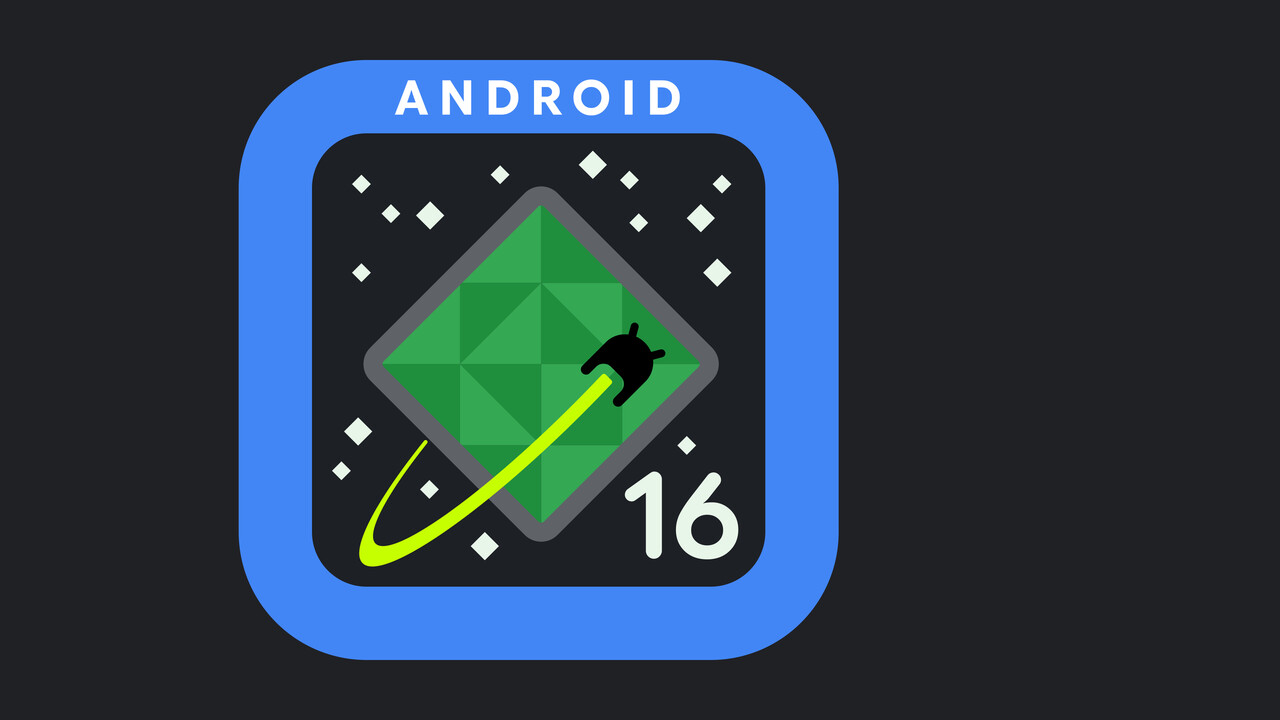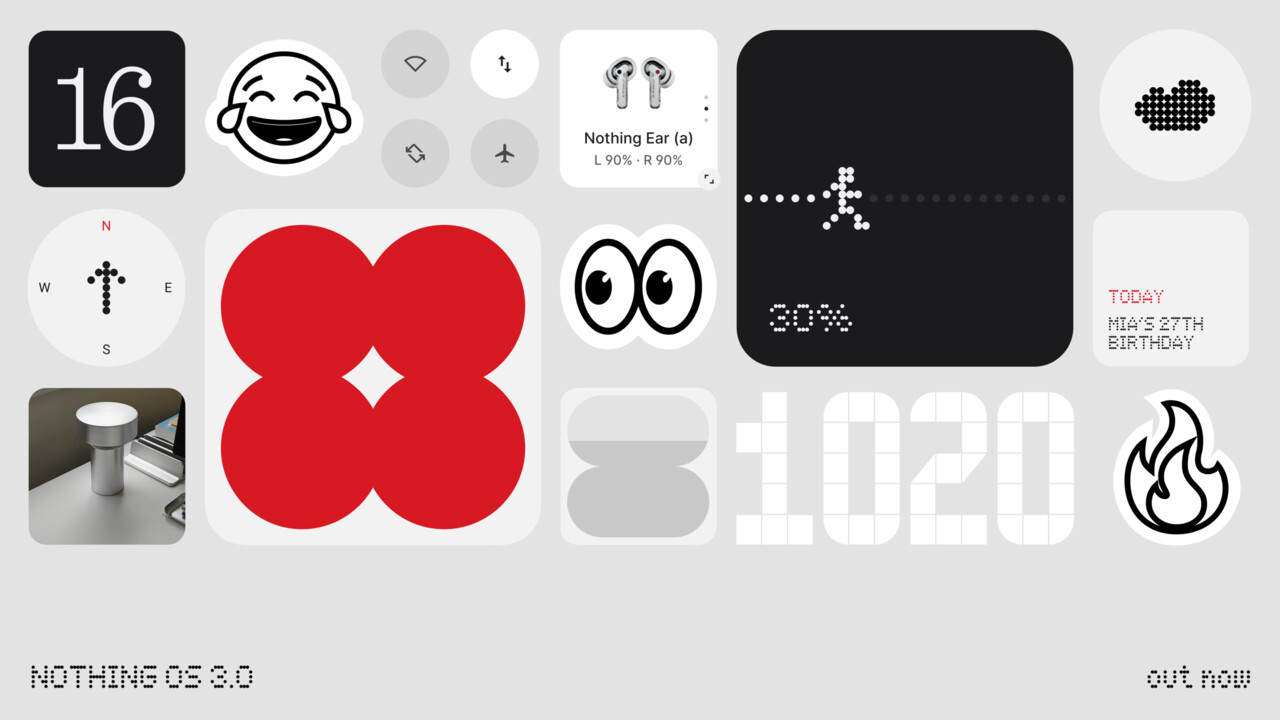Huawei Mate 70 series: flagship smartphones with the new Kirin SoC presented 36 comments

Image:Huawei
As expected, Huawei today introduced the Mate 70 series. The flagship series includes four new smartphones, the Mate 70, Mate 70 Pro, Mate 70 Pro+ and Mate 70 Ultimate Design. With the Kirin 9020, the smartphones also have a revised SoC.
New camera system
The rear of the Mate 70 Pro and Pro+ has a large camera, with all four smartphones having a 50-megapixel main camera. However, the Pro models rely on a combination of a 48 MP telephoto lens and a 40 MP ultra-wide-angle camera. These offer support for 4K video recording, night mode, and variable apertures (f/1.4-f/4.0). With the Pro+, the “XMAGE Imaging System” provides improved post-processing of images.
Huawei Mate 70 series at a glance Screen size Camera system Battery Fast charging Huawei Mate 70 6.7-inch OLED 50 MP, 12 MP telephoto, 40 MP ultra-wide 5,300 mAh 66 watts Huawei Mate 70 Pro 6.9-inch OLED 50 MP, 48 MP telephoto, Huawei Mate 70 Pro+, 40 MP ultra-wide, 5,500 mAh, 100 W, 6.9-inch OLED 50 MP, 48 MP Telephoto, 40 MP Ultra-wide 5700 mAh 100 Watt Huawei Mate 70 RS Ultimate 6.9-inch OLED 50 MP, 48 MP Tele, 40 MP Ultra-large 5700 mAh 100 Watt
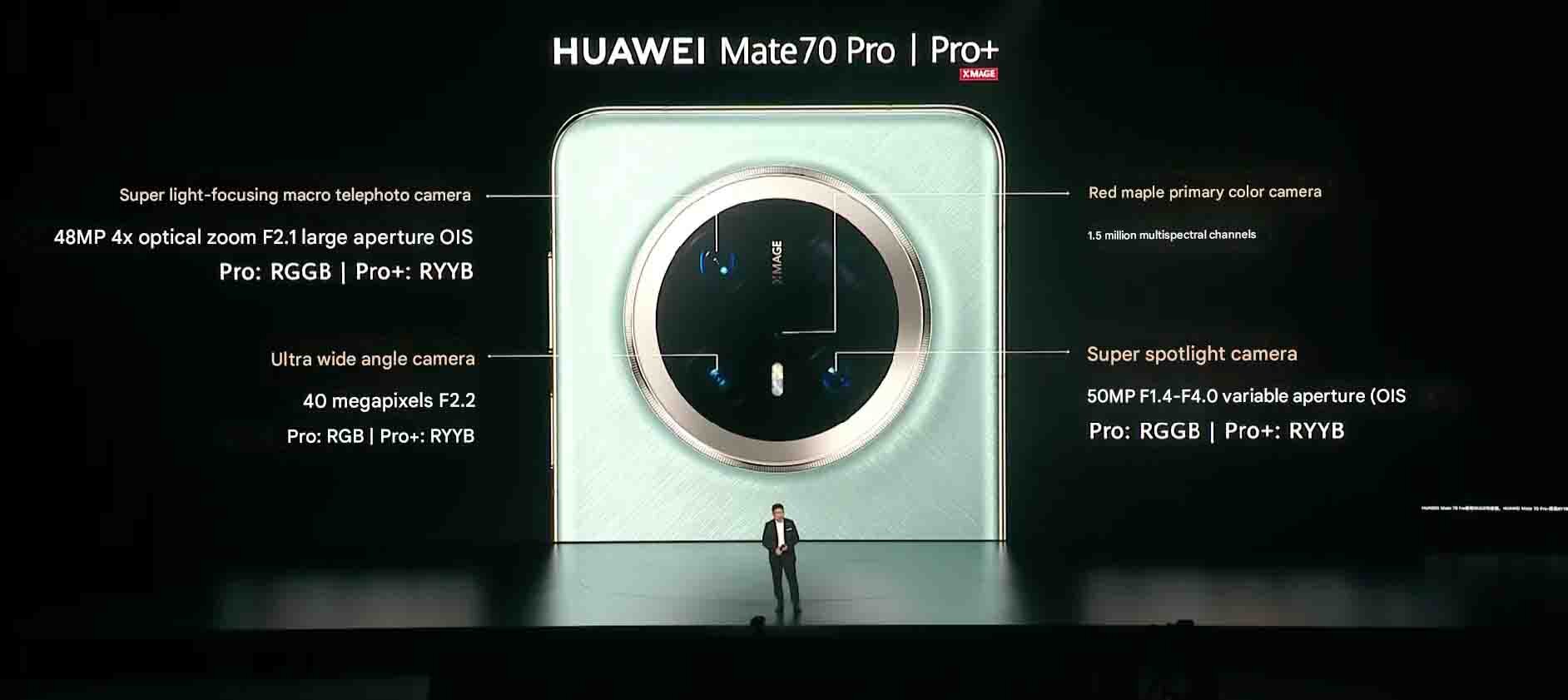 Huawei Mate 70 Pro and Pro+ camera system (Image: Huawei)
Huawei Mate 70 Pro and Pro+ camera system (Image: Huawei)
Detailed specifications of the different models can be found directly from Huawei:
Huawei Mate 70 Pro+Huawei Mate 70 ProHuawei Mate 70 RS UltimateHuawei Mate 70
OLED-LTPO displays with 120 Hz
The Mate 70 Pro features a 6.9-inch OLED display with an adaptive refresh rate of 1-120 Hz and a resolution of 2,832 × 1,316 pixels. It also comes with a triple punch-hole that houses a selfie camera and 3D sensors for facial recognition and gesture controls. The standard model, the Huawei Mate 70, has a flat 6.7-inch screen with narrow bezels and a single punch-hole for the front camera. The screen resolution in this case is 2688 × 1216 pixels with a refresh rate of 1 to 120 Hz of the LTPO panel.
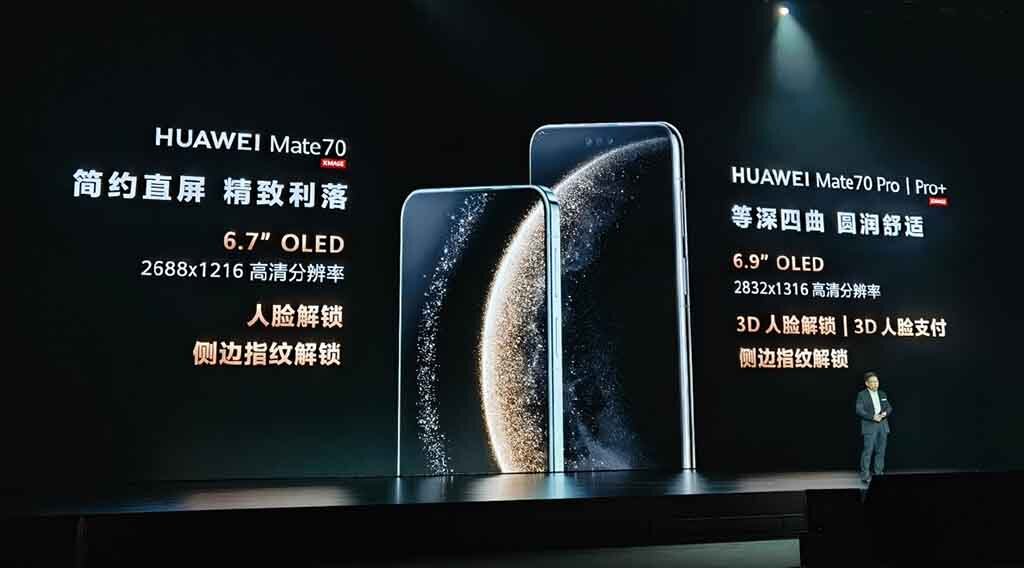 Huawei Mate 70 series screen (Image: Huawei)
Huawei Mate 70 series screen (Image: Huawei)
Improved Kirin 9020 processor
The new smartphones use the Kirin 9020 as the SoC in the Pro models. This is an evolution of the Kirin 9010 compared to the Huawei Pura 70 Ultra (review), also used in the Mate 70. According to early reports, the Kirin 9020 has twelve cores, although hyper-threading may have -been ignored. . A fast processor core up to 2.50 GHz is supported by three medium cores up to 1.60 GHz and four small efficiency cores with 2.15 GHz. Large and medium cores should be capable of hyper-threading, so the eight cores result in 12 threads. Compared to the Pura 70 Ultra, the clock speed of small and large cores has increased.
Instead of the Maleoon 910 GPU in the Kirin 9010, the Maleoon 920 is now used. It should be faster than before, but some details are still missing.
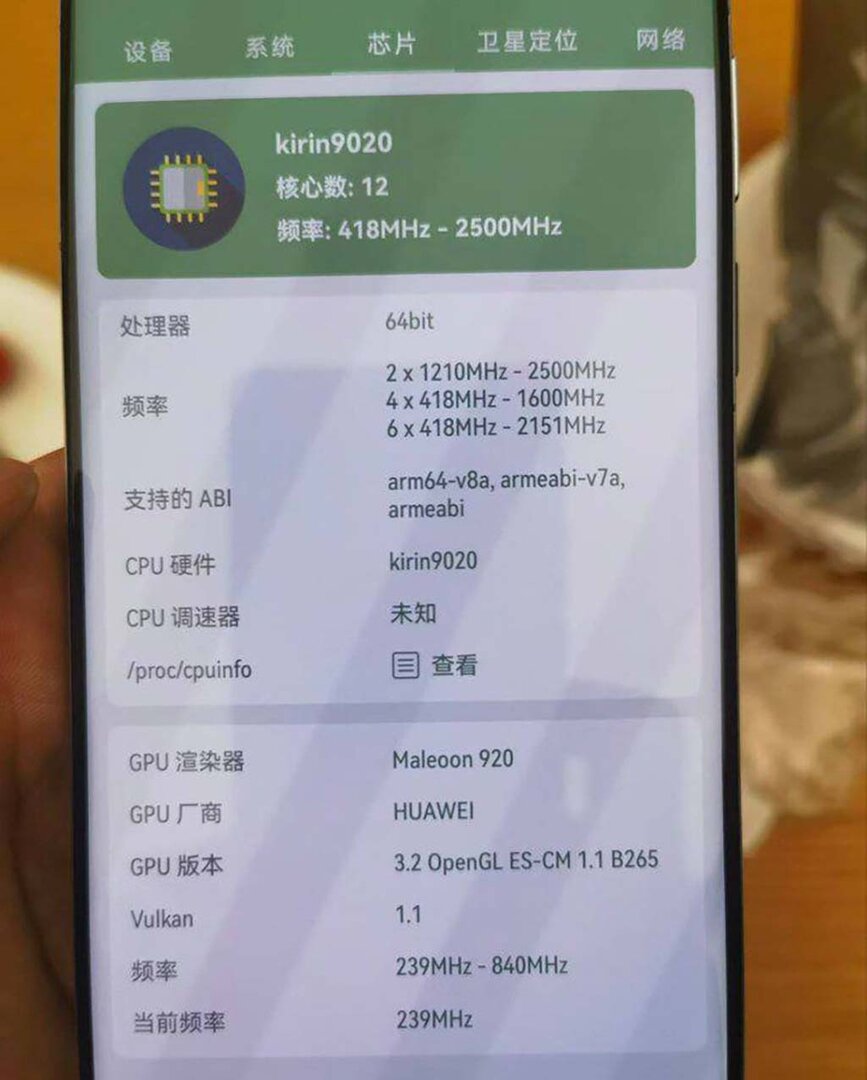 Details on the Kirin 9020 (Image: Weibo)
Details on the Kirin 9020 (Image: Weibo)
Larger batteries in all models
The Pro+ comes with a 5,700 mAh battery, which is an improvement over the 5,000 mAh in previous models. The Pro’s battery offers 5,500 mAh. The standard model has a 5,300 mAh battery. The smartphones support fast charging up to 100 watts (Mate 70 Pro/Pro+) or 66 watts (Mate 70).
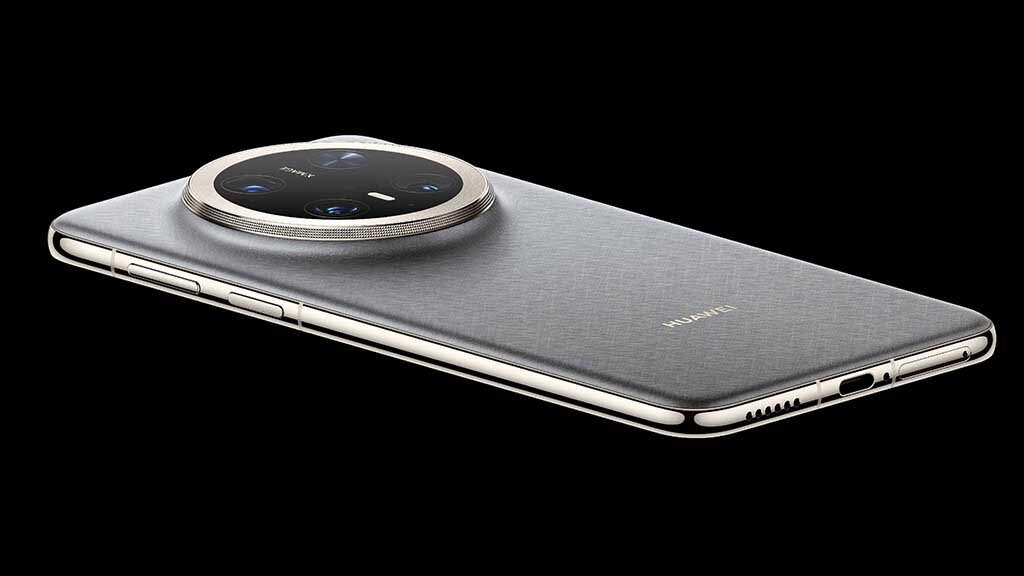 Huawei Mate 70 Pro+ (Image: Huawei)
Huawei Mate 70 Pro+ (Image: Huawei)
New hardware for Pro+
For the Mate 70 Pro+, Huawei uses a new material, “High-Gloss Titan”, a combination of titanium-aluminum composite technology and post-processing with 18 polishing steps. The material is intended to ensure a brilliant design, but also to increase the durability of the smartphone. Huawei talks about “twice the drop resistance” and “up to five times the abrasion resistance”. Compared to aluminum, this material would be five times more resistant to shocks. The Mate 70 Pro uses nylon material for the case instead. The Mate 70 Pro+ screen is equipped with the second generation of Kunlun glass, which protects the front part from damage caused by drops. The smartphone is also IP68 and IP69 certified and can be submerged underwater to a depth of six meters and can also withstand a high-pressure hot water jet.
More Android in the Mate series in China
The smartphones run HarmonyOS 4.3, but the Mate 70 Pro can also be ordered with HarmonyOS Next 5.0, Huawei’s own operating system without Android, of which the company launched a public beta in October. The operating system also features generative AI and extended language models (LLM) for voice assistant and image editing. Also in this area, Huawei no longer depends on the functions of Android and Google.
Global variants of Huawei smartphones are expected to continue to run on Android and will not yet upgrade to HarmonyOS Next.
Market launch, availability and pricing
The Huawei Mate 70 series is now available in China. The start of global sales has not yet been announced.
The Huawei Mate 70 Pro+ is available with 16GB of RAM and 512GB or 1TB of storage. It costs 8,499 yuan (1,120 euros) in China with 512GB and 9,499 yuan (1,250 euros) with 1TB of storage.
The Huawei Mate 70 Pro is available with 12GB of RAM and 256GB, 512GB or 1TB. The variants cost 6,499 yuan (856 euros), 6,999 yuan (920 euros) and 7,999 yuan (1,053 euros).
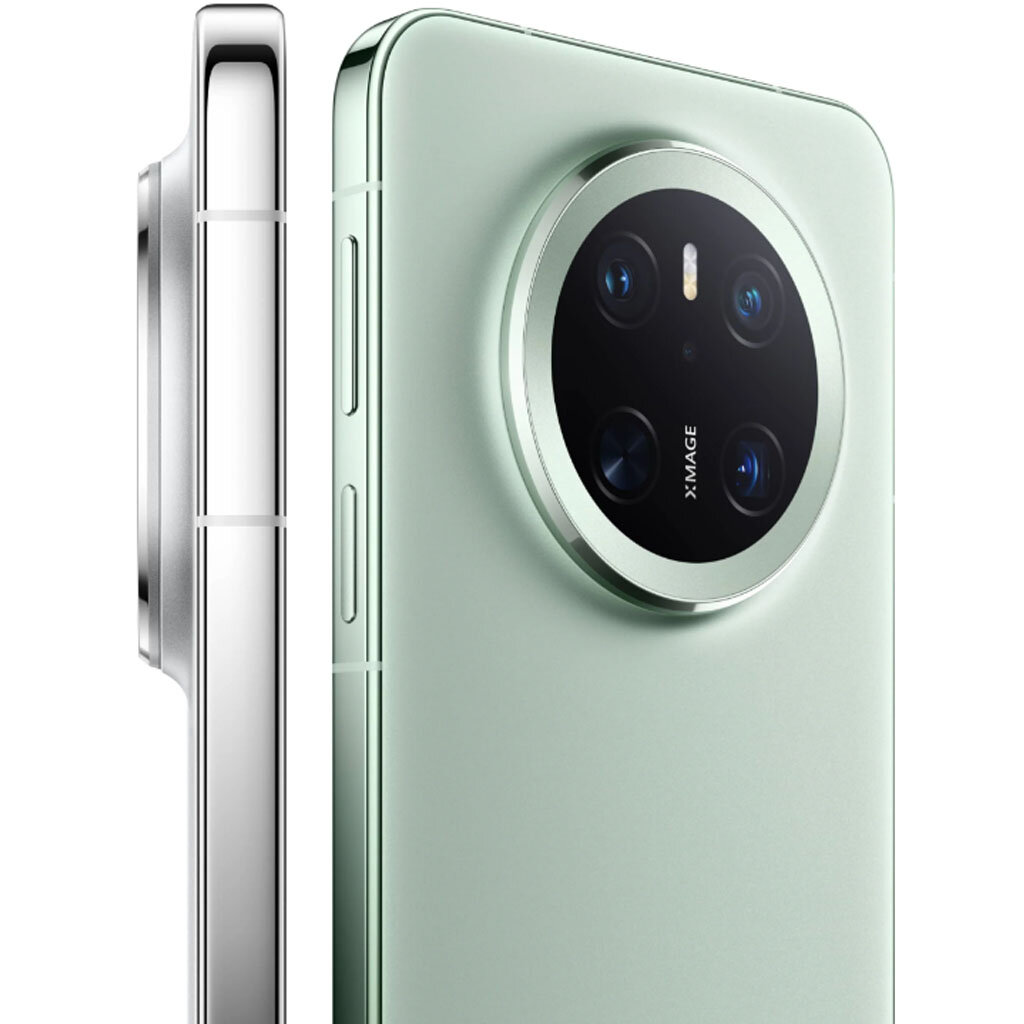 Huawei Mate 70 (Image: Huawei)
Huawei Mate 70 (Image: Huawei)
The Huawei Mate 70 is available with 12GB of RAM and a choice of 256GB, 512GB or 1TB of storage. It costs 5,499 yuan (725 euros), 5,999 yuan (790 euros) and 6,999 yuan (920 euros).
Topics: Huawei Smartphones

Sarah tracks innovations in smartphones, evaluating their performance, design, and key features.
